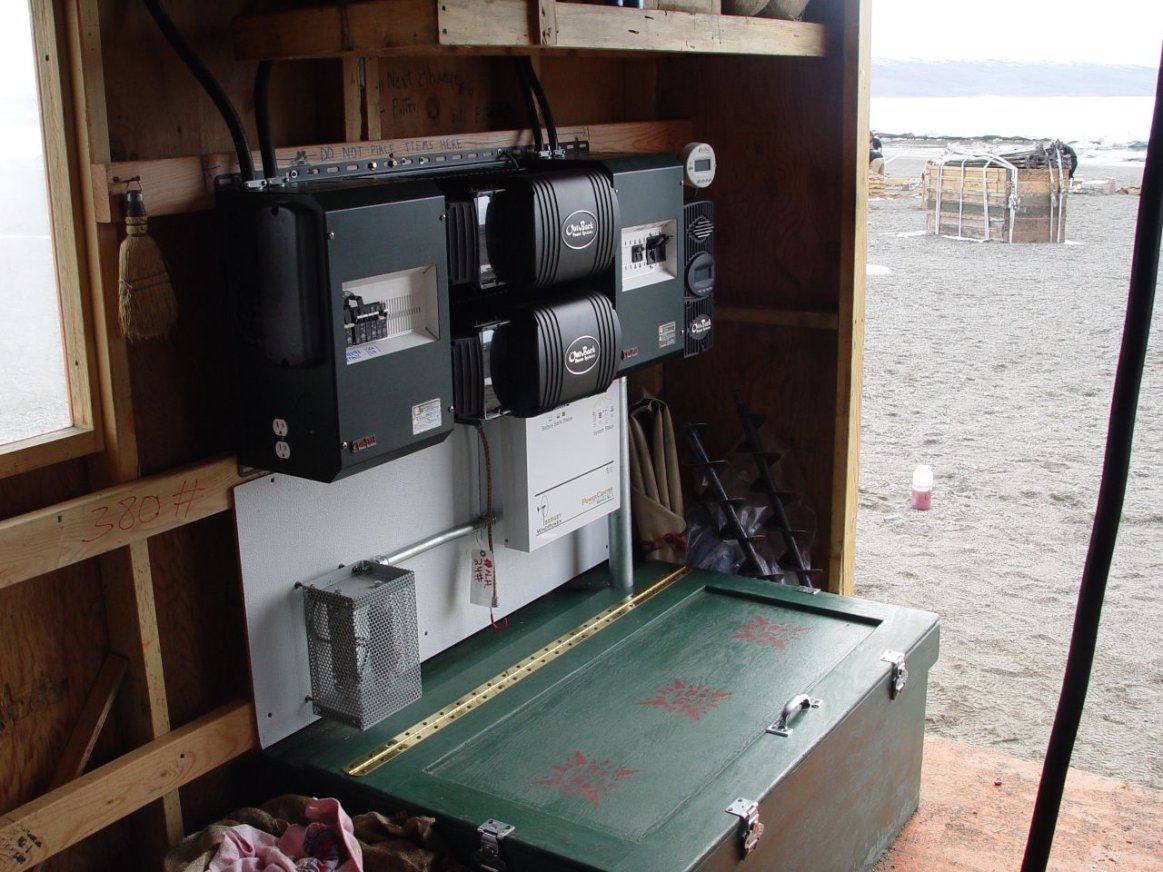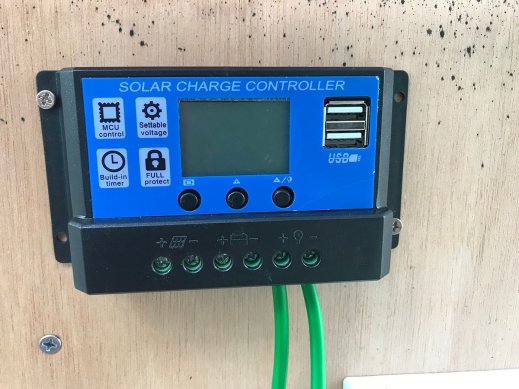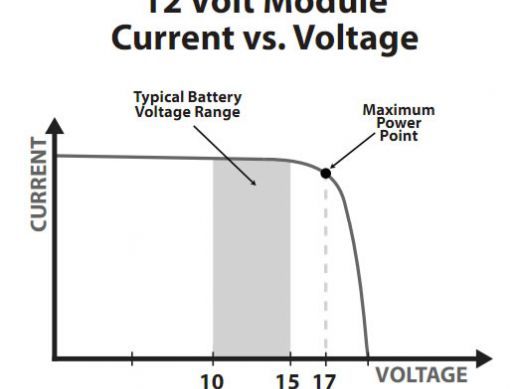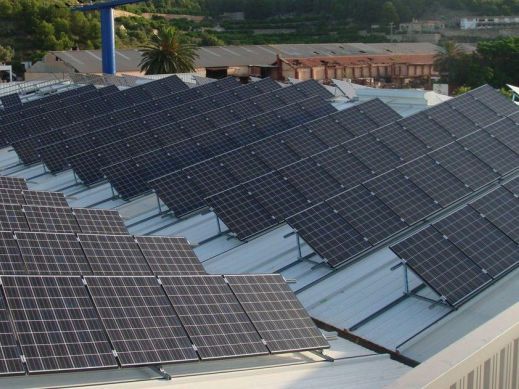
Inverter and Charge Controller - a delicate balance
In an Off-Grid or Hybrid (Grid-tied, with battery back-up) PV system, the Inverter is generally the heart of the system. Inverter size is determined by the maximum loads that the site will experience and how long those loads will last. The most basic inverter function is to efficiently drain the battery bank and supply clean AC power until the batteries are exhausted (or a preset point is reached where the inverter shuts off to avoid ruining the batteries). Most inverters can also charge the batteries in a Hybrid system by using power from a generator or the utility grid. The on-board battery charger of the inverter usually does not use power from a solar array directly (unless it’s an SMA Sunny Island) - that is the job of the DC to DC Solar Charge Controller and the subject of this article.
The solar charge controller has the important function of getting PV energy into the batteries faster than the inverter can drain them - and in a well designed system, the charge controller takes advantage of any available energy that the solar array can provide.
There are three basic decisions in choosing the right charge controller for your project:
Determine Amperage and Power
Once the demand load schedule is calculated, the battery is sized, and the solar array is sized to service the battery, then the capacity in amperage of the charge controller can be determined. Amperage options for MPPT charge controllers range from 20Adc to 80Adc, and they can run in parallel for systems requiring more than 80A. This article from Greentech Renewables focuses on the sizing process for a charge controller. Determine System (battery) Voltage
System voltage, in this article, is different from array voltage. The system voltage is really all about the battery and inverter interaction. System voltage options will be in the 12 - 60Vdc range. The default system voltage is 48V for modern MPPT charge controllers used in a residential application, where an inverter will be powering appliances with 120/240 Vac. Other voltages, like 12Vdc or 24Vdc, might be used in mobile or marine applications where 12 or 24Vdc appliance are being run directly from batteries.
Determine Array Voltage
Array Voltage is open circuit voltage of the PV array at the lowest recorded temperature. Most array voltages are limited to 150Vdc - the maximum dielectric protection of the charge controller components and the the maximum difference between the array and the battery: A 150Vdc to 12Vdc conversion. If an array happens to be a long distance from the batteries, then there is also a relatively high voltage option which can result in lower combiner and wire costs: XW MPPT 80-600.



